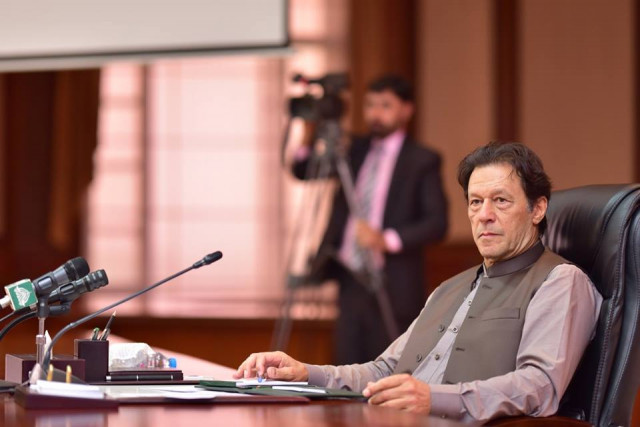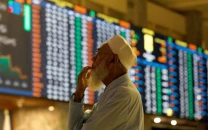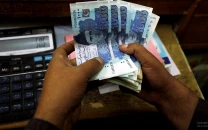Govt mulls either 5-year or 3-year economic plan
Reviews preparations for Pakistan's 12th Five-Year Plan

PM Imran Khan. PHOTO: FILE
Planning Commission Deputy Chairman Jehanzeb Khan on Friday chaired yet another meeting to review preparations for Pakistan's 12th Five-Year Plan (2018-23). The meeting discussed the issue of whether the government should come up with a five-year plan as one and a half year had already passed.
The PTI government has failed to finalise the plan in the past 16 months despite the fact that the spadework had been done by the previous Pakistan Muslim League-Nawaz (PML-N) government. The 11th five-year plan ended in 2018 and since then the government has not been implementing an integrated economic plan.
The only guiding document is the 39-month Extended Fund Facility (EFF) of the International Monetary Fund (IMF) that largely revolves around quarterly fiscal and monetary targets.
Prime minister seeks economic revival plan
"The government is exploring the possibility whether it should give a three-year economic growth framework or a five-year macroeconomic plan," said Zafarul Hasan Almas, spokesman for the Ministry of Planning and Development.
The spokesman said there were different possibilities of whether to announce the 2018-23 plan, if the government decided to launch the plan, or it should give a future five-year plan.
Responding to a question on the delay in launching the macroeconomic framework, Almas said the Planning Commission had already completed consultations with the provinces and now only approval of the Prime Minister's Office was needed.
The handling of the five-year plan is the manifestation of how things are running in the Ministry of Planning. There is no chief economist in the Planning Commission and the post has remained vacant for over one year.
The status of Planning Commission Member Private Sector Dr Shabnum Sarfraz remains in limbo as she proceeded to a foreign visit without approval of the competent authority. She went abroad on scholarship and the matter is being investigated, however, she attended Friday's meeting on the five-year economic plan.
In the absence of the five-year plan, the Ministry of Finance, Ministry of Planning and Development and State Bank of Pakistan are giving three different sets of economic projections.
The Ministry of Planning is still projecting 4% economic growth for the current fiscal year while the SBP and the Ministry of Finance are anticipating around 3.5% economic growth.
On the other hand, the IMF and other international creditors expect around 2.4% growth in the current fiscal year.
After initially estimating economic growth at an annual average of 5.8% in the five-year tenure of the current PTI government, the planning ministry lately revised downward the estimate to 5%, which is almost equal the pace the PML-N achieved during its five-year term.
However, the average 5% growth appears unrealistic as it is based on achieving 4% growth in the current fiscal year and 5.2% in the next fiscal year. The IMF has projected 3% economic growth for the next fiscal year.
Digital economy vital for sustainable development: Asad Umar
Even at 5% projection, the increase in employment associated with the average economic growth is 8 million, which is 2 million less than what Prime Minister Imran Khan had promised in its election campaign.
In the last year of the PTI administration, the projected growth rate is 6.5%, which would not be an easy task given the tight fiscal and monetary policies that the PTI government has adopted to stabilise the economy.
The finance ministry is projecting low economic growth as it sees the economy recovering fully in a three-year period.
The main challenges to the PTI government remain deepening the macroeconomic stability, sustainable fiscal consolidation, external sector stability, steering economy to a higher and sustainable growth path and enhancing job-creating ability.
Published in The Express Tribune, January 4th, 2020.
Like Business on Facebook, follow @TribuneBiz on Twitter to stay informed and join in the conversation.


1728020501-0/Express-Tribune-Web-(13)1728020501-0-208x130.webp)
















COMMENTS
Comments are moderated and generally will be posted if they are on-topic and not abusive.
For more information, please see our Comments FAQ